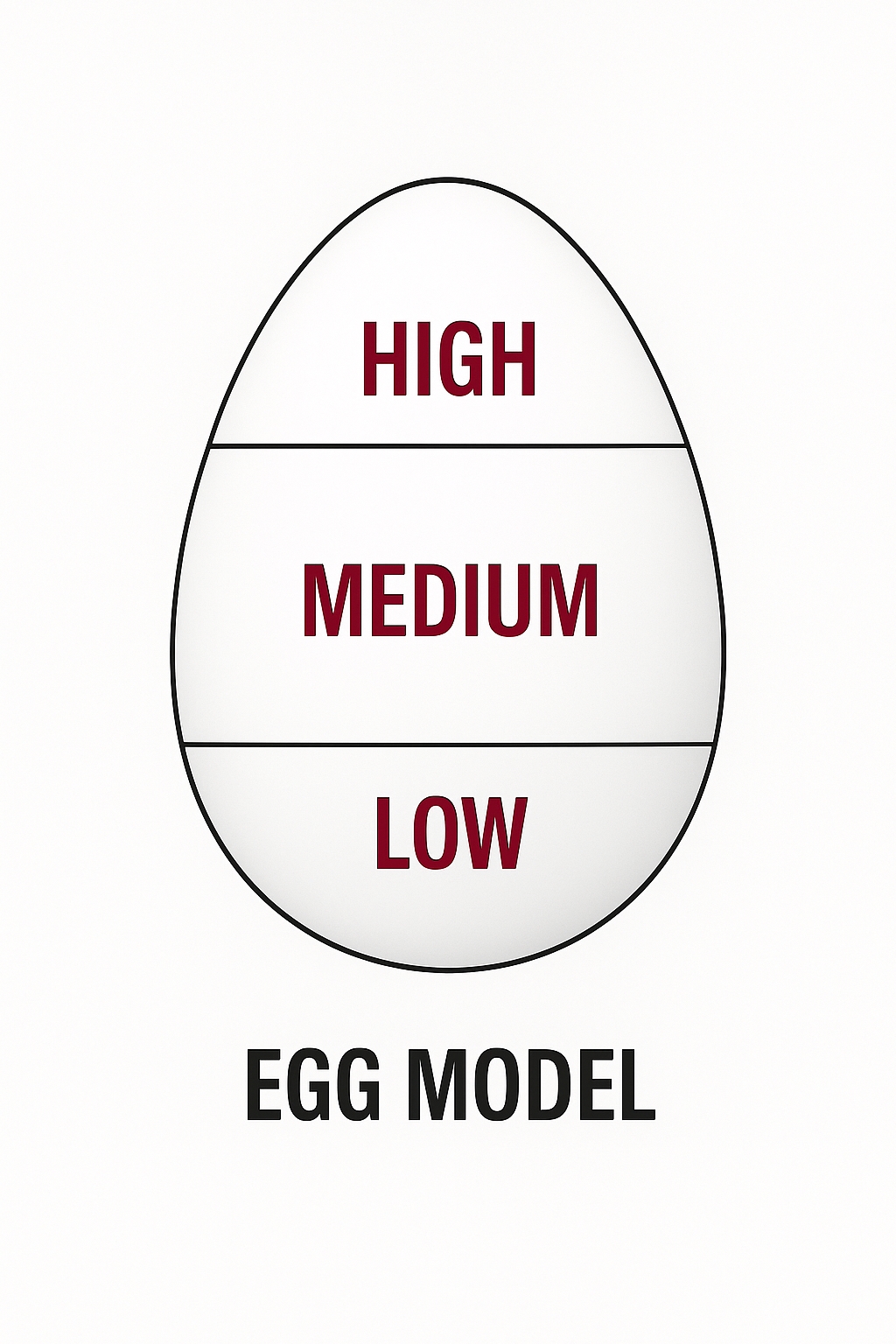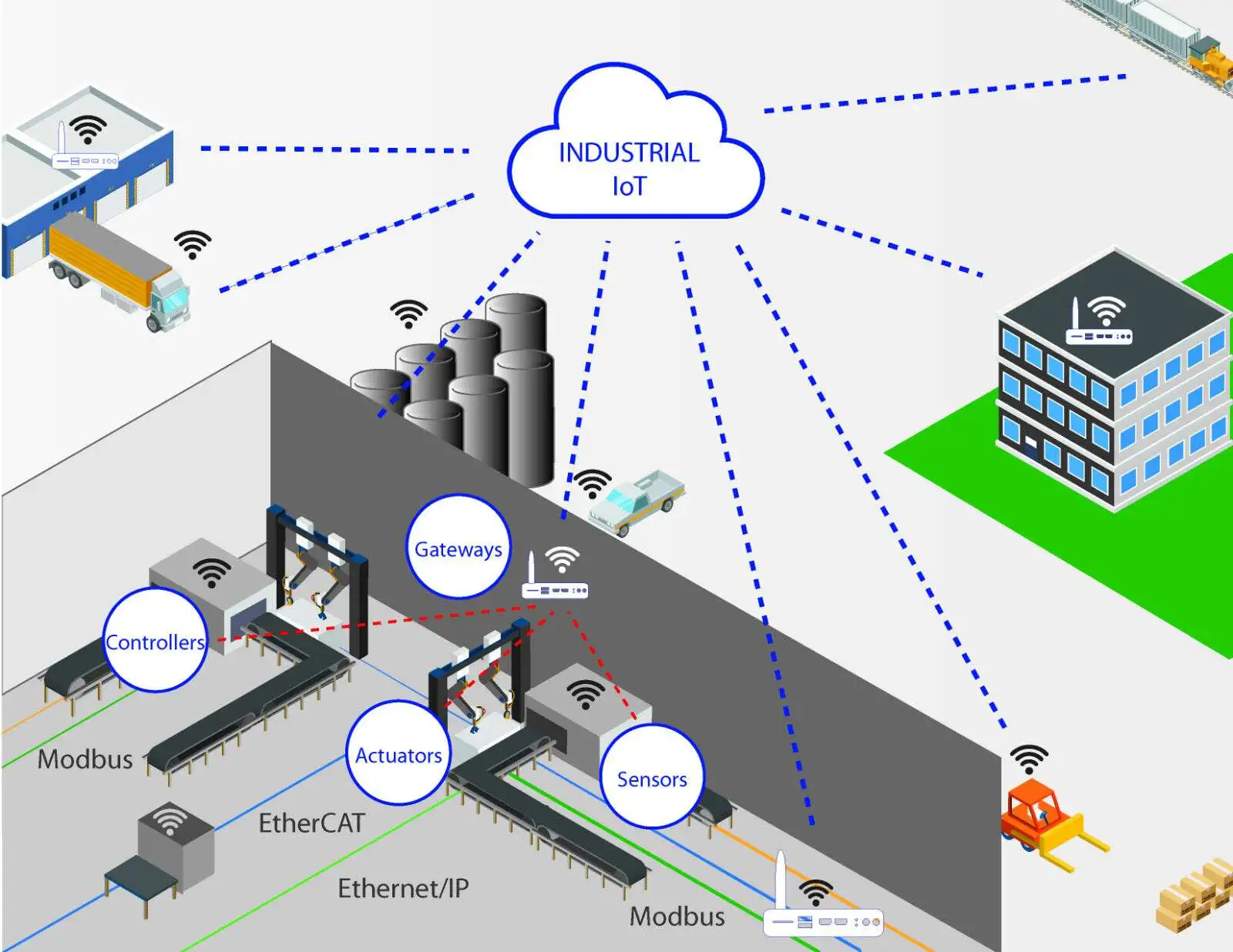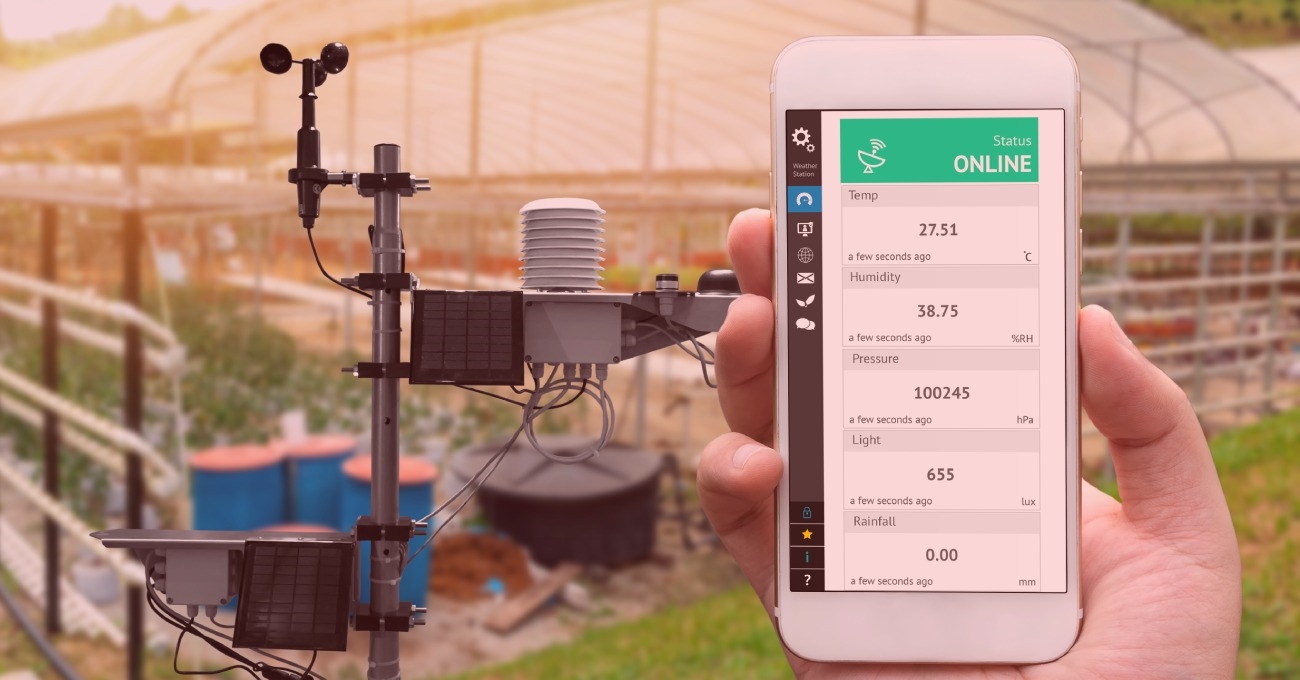This article explores the technical challenges faced by manufacturers of smart home networks and IoT devices.
Interoperability
Interoperability refers to the ability of systems, applications, and services to work together reliably in a predictable manner. This ensures ease of use and supports widespread adoption. Users expect wireless and wired electronic devices to connect and collaborate seamlessly, often described as plug-and-play. Smart home networks, composed of devices from various manufacturers, require similar functionality.
Certification programs enhance interoperability across key IoT standards. For example, the Wi-Fi Alliance¡¯s certification program has enabled thousands of Wi-Fi devices to connect seamlessly. Similarly, Zigbee 3.0 offers robust interoperability through partnerships and certifications. Collaborative efforts have also certified communication between Zigbee and Thread products. Bluetooth, including low-energy Bluetooth (BLE), benefits from certification programs covering protocol stacks and application profiles, ensuring reliable communication.
These certifications and alliances are critical for integrating diverse IoT devices in smart home environments. Manufacturers must adhere to these standards to gain approval before market entry, ensuring the expected plug-and-play experience for users.
Radio Frequency Interference
The increasing complexity of wireless technologies has heightened radio frequency (RF) challenges in smart home networks. Many household RF devices use overlapping or closely related frequency bands, where proximity can cause signal interference between communication channels.
The introduction of IoT and 5G technologies further complicates design for engineers. Smart home IoT devices must support multiple RF paths, sometimes requiring greater bandwidth and low power consumption, while avoiding interference among standards and data streams. As more standards operate on a network, reducing interference becomes essential.
Using RF Filters to Reduce Interference
Advancements in RF filter technology significantly reduce interference between protocol standards. RF filters have evolved to meet the expanding demands of IoT, 5G, and Industry 4.0. Complex multi-filter modules, such as bulk acoustic wave (BAW) filters, address coexistence, capacity, and range issues in RF systems.
Smaller filters enable manufacturers to integrate complex RF front-end (RFFE) architectures into compact devices. Modern filter technologies also mitigate thermal issues associated with higher frequencies and smaller form factors.
Different Filters for Different Needs
Various filters address specific needs. Coexistence filters, with steep bandedge skirts, are used in RF paths for simultaneous signal operations, maintaining signal quality alongside adjacent frequencies. For instance, coexistence is critical between Band 40 cellular signals (2,300¨C2,400 MHz) and 2.4 GHz Wi-Fi (2,412¨C2,484 MHz), where only 12 MHz separates the bands. These filters reject adjacent band signals to prevent interference.
Other filters enhance capacity and range. Edge and band boost filters increase RFFE output power at channel edges while meeting regulatory requirements, improving spectral density and enabling higher data rates and bandwidth.
For example, in a crowded Wi-Fi environment, a gateway may shift a user from channel 5 to channel 1 to free capacity. Without edge filters, the gateway reduces power to comply with regulations, risking buffering. Edge filters maintain power levels, ensuring uninterrupted streaming.
Seamless, Energy-Efficient, and Reliable Connectivity
Some manufacturers produce devices supporting multiple standards, enhancing interoperability within IoT networks. Dynamic multi-protocol support allows a node to communicate with devices using different standards.
For instance, a smart home network may include Zigbee and BLE devices. Dynamic multi-protocol nodes automatically switch between standards. Technologies like ConcurrentConnect enable continuous reception and protocol switching, reducing packet loss while maintaining multi-protocol support.
Without such technology, switching between Zigbee/Matter and BLE causes delays and potential disconnections. ConcurrentConnect minimizes these issues, enabling near-instantaneous switching for faster, more reliable, and scalable communication.
Self-Managing IoT Networks
Most IoT network users desire plug-and-play functionality with minimal setup. Achieving this is challenging due to diverse user networks. Home mesh IoT networks should feature self-management and self-healing capabilities to operate without user intervention.
These networks monitor and adapt to issues, notifying users of potential problems. Subsystems track signal strength and battery life, optimizing performance. Mesh networks offer reliability through self-healing algorithms, rerouting data via functional paths if nodes fail, and enabling direct device communication without gateway routing.
Network Security and Privacy
Implementing robust security and privacy measures in decentralized IoT networks with diverse protocols is challenging. Standardization enhances security, privacy, usability, and scalability, allowing secure device integration.
Mesh networks empower owners with control and security. Mobile applications facilitate setup, password management, and network monitoring, including data rates and parental controls. Automatic updates ensure security without user intervention.
Mesh systems protect connected devices like security cameras and thermostats from cyberattacks, enhancing overall network security.
Power Consumption
Global pressure to reduce power consumption and promote sustainable products affects IoT device manufacturers. Some devices use coin-cell batteries, sustainable for up to 10 years, while others rely on grid power. Software and hardware enable sleep modes to minimize power use during inactivity.
In manufacturing, low-power IoT devices enhance efficiency and automation. Manufacturers produce compact, efficient products to reduce energy consumption. IoT sensors in energy systems enable remote monitoring, while in manufacturing, they lower costs for lighting, heating, cooling, and security.
Smart home devices, often running 24/7, prioritize efficiency. Power consumption varies by standard:
- Wi-Fi consumes more power due to higher data rates, despite similar range to Matter (Zigbee, Thread).
- Matter (Zigbee, Thread) and BLE are designed for low power to extend battery life.
- Matter (Zigbee, Thread) uses approximately 1-3% of Wi-Fi¡¯s power, depending on the application.
Reducing IoT network power consumption is critical as environmental initiatives grow. Devices notify users when batteries need replacement, ensuring uninterrupted operation.
 ALLPCB
ALLPCB







